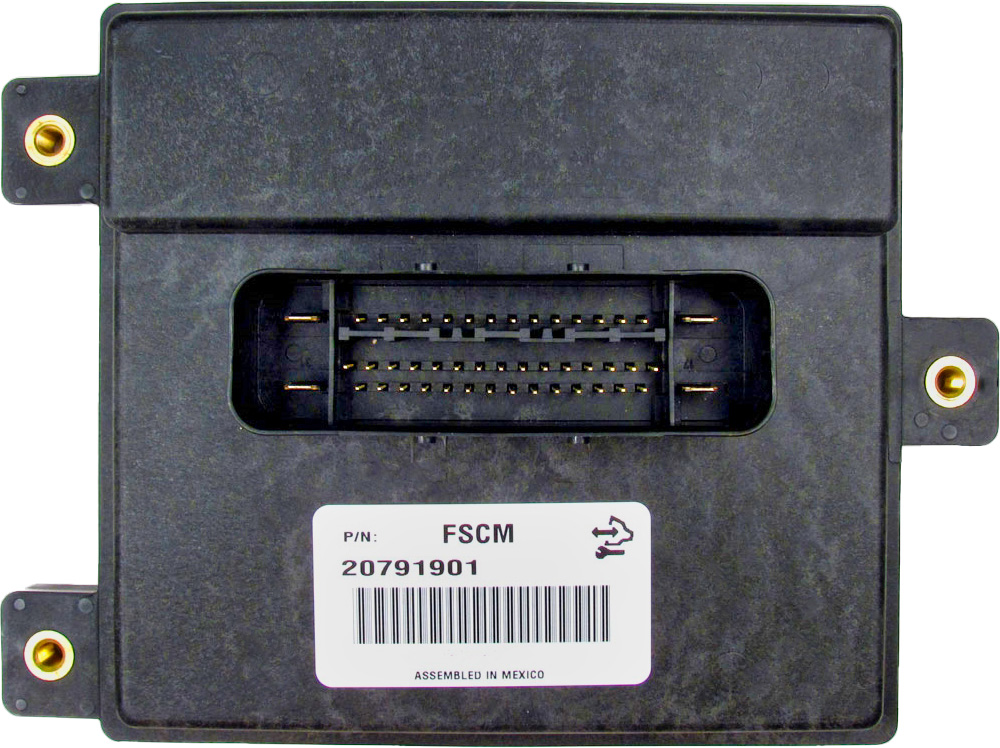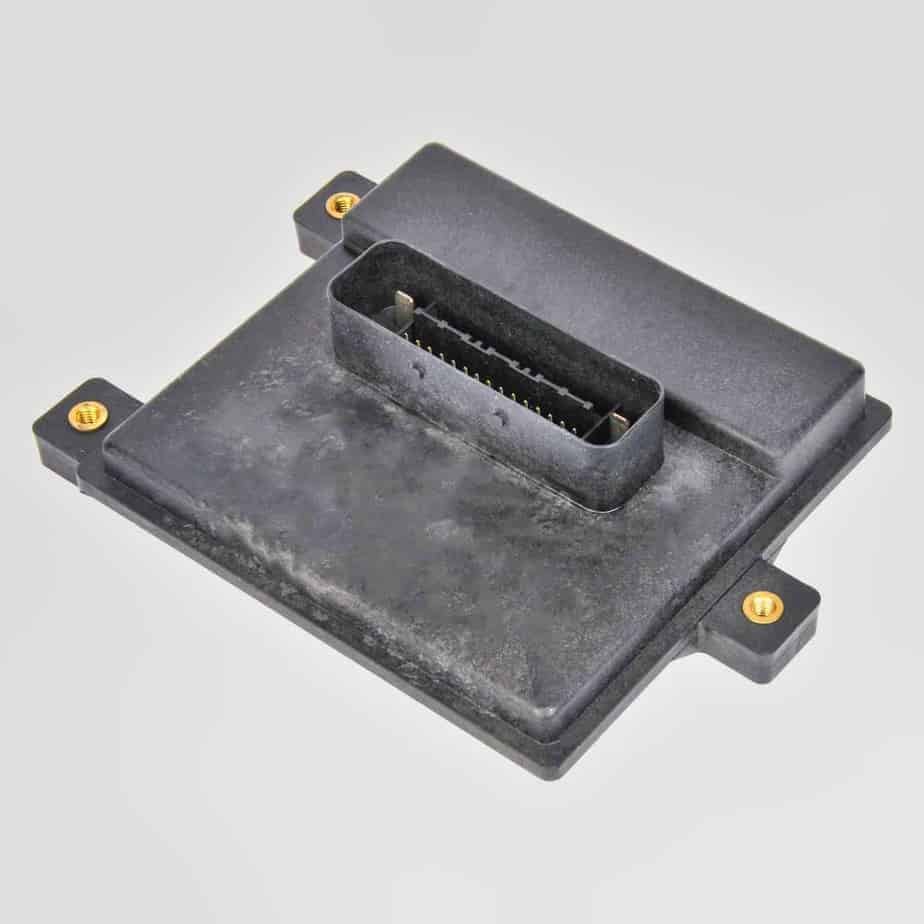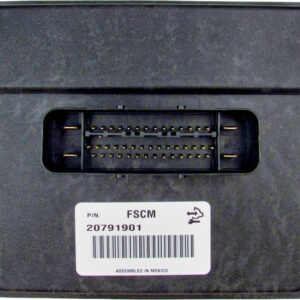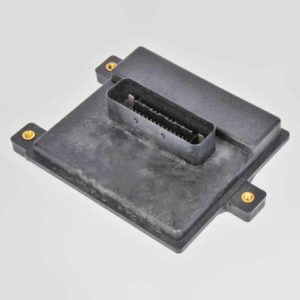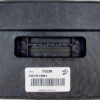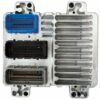Restore Your Vehicle’s Performance and Reliability
Is your 2009 Buick Enclave or other GM vehicle suddenly stalling, hesitating, or refusing to start? Before you condemn the fuel pump, the problem is very often the Fuel Pump Control Module (FPCM), also known as a Fuel Pump Driver Module. This small but critical component regulates the voltage to your fuel pump, and when it fails, it can cause a host of frustrating and unpredictable fuel delivery issues. This module is your direct, reliable solution, arriving at your door pre-programmed with the latest GM software specifically for your vehicle’s VIN.
A Technician’s Notebook: The Intermittent Stall Case
I remember a 2008 Chevy Tahoe that came into my bay with a classic, frustrating problem: it would run perfectly for days, then stall randomly at a stoplight and refuse to start for 10-15 minutes. The owner had already replaced the fuel pump, but the issue persisted. There were no hard codes, just a pending P069E. Instead of just throwing more parts at it, I monitored the fuel pressure command from the ECM versus the actual output controlled by the FPCM. I saw the command for 55 PSI, but the FPCM was erratically dropping voltage, causing the pressure to plummet. These modules, often mounted on the frame rail, endure constant vibration and exposure to the elements, leading to internal electronic failure. We installed a VIN-programmed FPCM, and the Tahoe ran flawlessly. This simple swap saved the customer from more guesswork and the cost of a dealership diagnosis and programming fee.
Common Signs of a Failing FPCM
If you’re experiencing any of the following, a faulty fuel pump control module is a highly likely cause. A failing module can leave you stranded without warning, so addressing it promptly is key to maintaining your vehicle’s reliability.
- ✔ Engine cranks but will not start
- ✔ Vehicle stalls unexpectedly while driving, especially when coming to a stop
- ✔ Hesitation or stumbling during acceleration
- ✔ Rough or unstable idle
- ✔ “Reduced Engine Power” message on the dashboard
- ✔ Check Engine Light with codes such as P069E, P0230, or U0109
A Straightforward Guide to Installation
Because this module comes programmed to your vehicle, the installation is a simple plug-and-play process that a confident DIYer can handle. The location varies slightly by model, but the steps are generally the same.
- Safety First: Disconnect the negative terminal from your vehicle’s battery.
- Locate the Module: On most trucks and large SUVs (Tahoe, Silverado, Escalade), the FPCM is mounted on the driver’s side frame rail, often near the spare tire. On crossovers (Enclave, Acadia, Traverse), it’s typically on a rear crossmember.
- Disconnect and Remove: Unplug the electrical connector(s) from the old module. Then, remove the bolts or nuts securing it to the frame.
- Install the New Module: Bolt the new, pre-programmed FPCM into the same location. Ensure it is securely fastened.
- Reconnect: Plug the electrical connector(s) firmly into the new module. You should hear or feel a click.
- Final Step: Reconnect the negative battery terminal. Start the vehicle to confirm the repair.
Will This Fit My Vehicle?
This module is a direct replacement for a wide range of General Motors vehicles and is compatible with multiple part numbers, including 13501024, 15213110, 20759945, 20850907, 25785013, 25854536, and 25866052. We guarantee fitment for the following models:
- Acadia (2009)
- Avalanche 1500 (2008-2009)
- Canyon (2009)
- Colorado (2009)
- Enclave (2009)
- Escalade, ESV, EXT (2008-2009)
- Express 1500 Van (2008-2009)
- Hummer H2 (2008-2009)
- Hummer H3 (2009)
- Outlook (2009)
- Savana 1500 Van (2008-2009)
- Sierra 1500 & Denali (2007 New Body Style, 2008-2009)
- Silverado 1500 (2007 New Body Style, 2008-2009)
- Suburban 1500 (2008-2009)
- Tahoe (2008-2009)
- Traverse (2009)
- Vue (2008-2009)
- Yukon & Yukon XL 1500 (2008-2009)
Why do you need my VIN?
Your Vehicle Identification Number (VIN) is required so we can load the correct, vehicle-specific software from GM onto the module before shipping. This ensures perfect communication with your vehicle’s other computers and makes the part work correctly right out of the box, saving you a trip to the dealer.
Is this installation difficult for a DIYer?
Not at all. Since the programming is done for you, it’s a simple unbolt-and-replace job. Basic hand tools are all that’s needed, making it a great project for a home mechanic looking to save on labor costs.
What is an FPCM and what does it do?
The Fuel Pump Control Module (FPCM) is a small computer that acts as a smart relay for your fuel pump. It receives commands from the main Engine Control Module (ECM) and precisely adjusts the voltage going to the fuel pump to deliver the exact amount of fuel the engine needs at any given moment.
How is this different from a generic part at a local store?
Most modules sold at auto parts stores are unprogrammed blanks. After installing one, you would still need to have your vehicle towed to a dealership or a shop with advanced scan tools to have it programmed, adding significant cost and hassle. Our module arrives ready for installation.
Could my problem be the fuel pump itself?
While possible, the FPCM is a very common point of failure on these GM models and exhibits the same symptoms. Because the FPCM is typically less expensive and easier to replace than the in-tank fuel pump, it’s the most logical part to diagnose and replace first, especially if you have codes like P069E.
